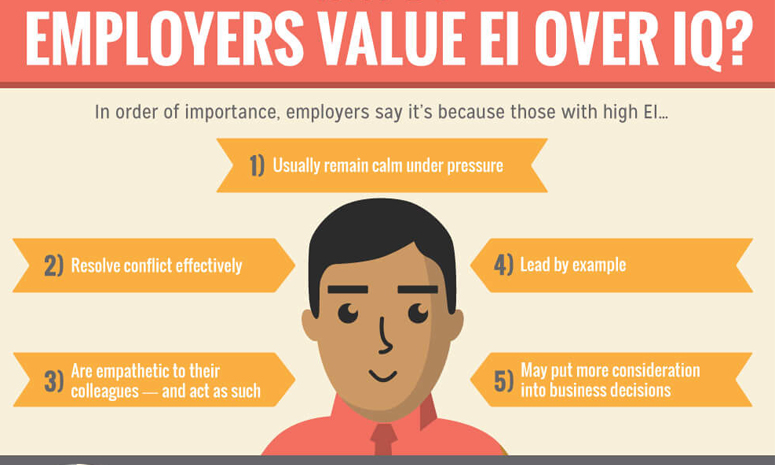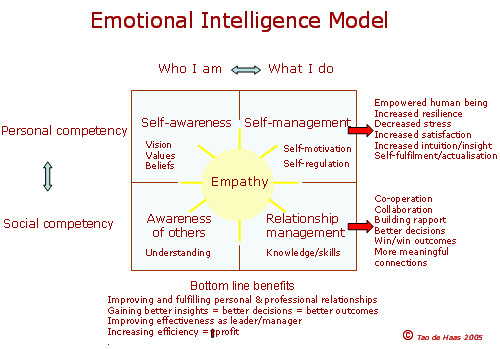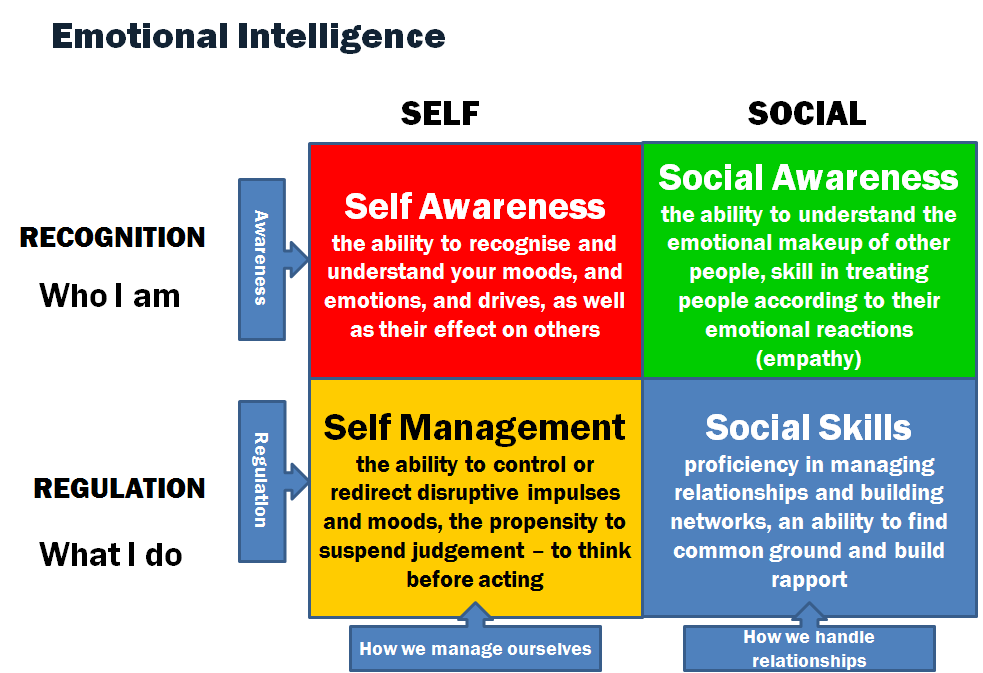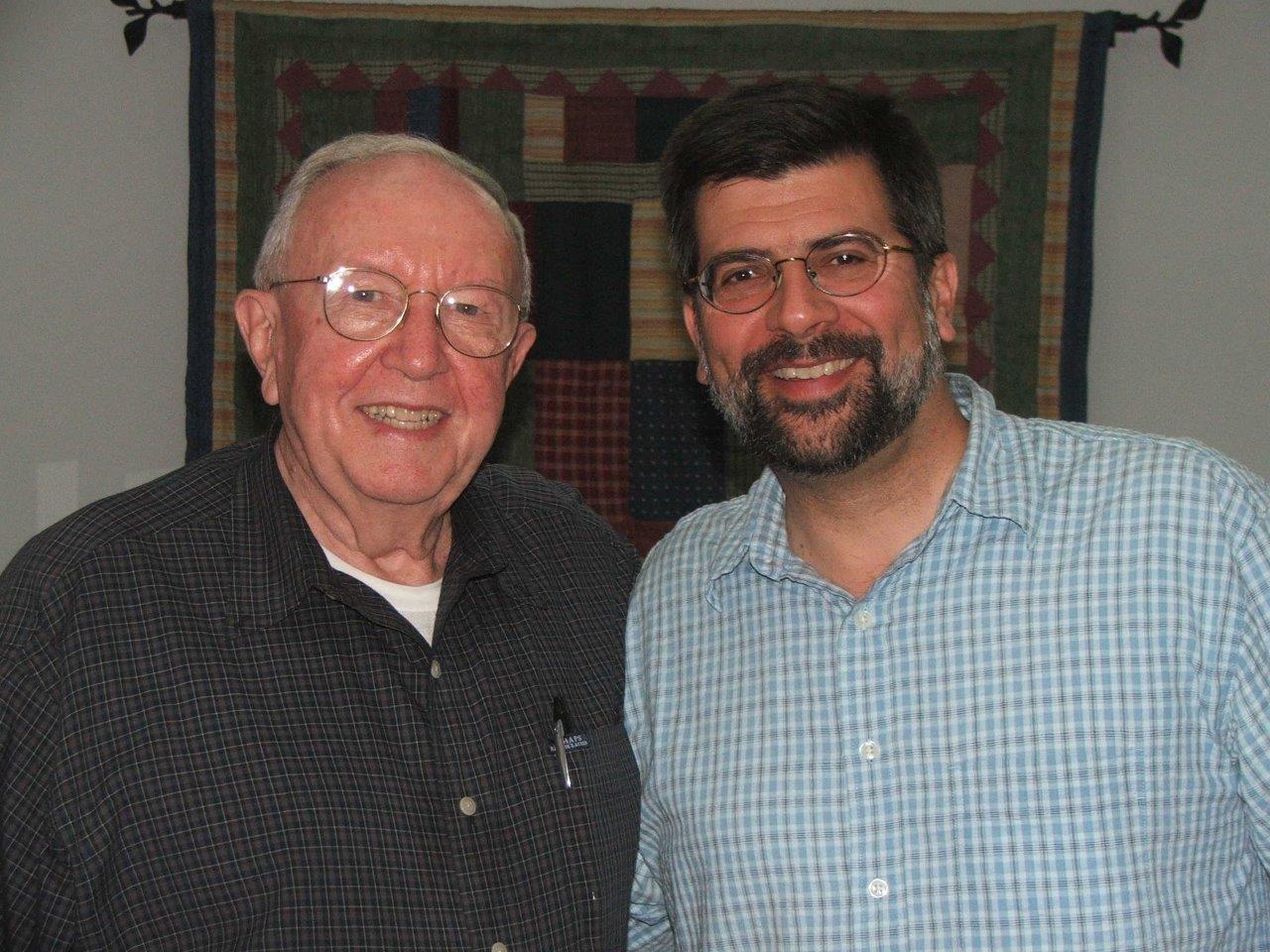
What just happened? When you read the title “What If You’re Wrong”, was there a reaction in mind or body? If I had written “What If I’m Wrong”, it would have been far less provocative, right? Clearly, it’s possible for me to be wrong on many things. Not just possible but actual. I am most probably wrong on a number of things, either out of ignorance, preference, a lack of understanding, or neglect of the truth.
Is there a way we can talk about the stuff that matters to us with people who care about very different sorts of things? People who strongly disagree. People who are sure they are right, when we are also sure that we are…and they are wrong.
Below you’ll find an old video of a Richard Dawkins lecture at a Virginia university. He took questions from the floor, and one very brave, if not naive, student asked him “What if you’re wrong?” His answer, or non-answer but more repartee, was clearly one he had fashioned for just that question. Have a listen.
The lecture must have had to do with the existence of God, and Dr. Dawkins, though once a “Christian” is now an atheist. His response to the student was condescending, dismissive, and unkind. Oddly, his reasoning fell along the same lines as a 16y/o Muslim student in my World Religions class in Morocco. My student surmised that people followed the religion of their parents. Yet, here, Dr. Dawkins disproved what he said himself by leaving the Christian faith for atheism. In the video, maybe he considered disrespectful the student asking the question, therefore, he responded with mirrored disrespect. Who knows?
This is what I’m wanting to know. Can people engage each other with curiosity, care, and consideration (hope you don’t mind alliteration)…when they are at opposite ends of a worldview or belief system?
The key is those 3 c-words above. If I truly want to understand the position of another person, hopefully that can be communicated in such a way that engenders an openness. If that person knows I truly care about him/her, maybe they would be willing to trust me with such a conversation. If they knew my desire is to take into consideration how they came to their conclusions, maybe they would risk digging down into their reasoning. No judgment. On either side.
That would be amazing.
Writer, creator Adam Dachis posted a helpful piece for Lifehacker.
How to Know When You’re Wrong (and What You Can Do About It) – Adam Dachis
- Common Denominator – Find It. What might the continuing point of contention between you? Find that “button” that always gets pushed and choose together to find a way for it not to be the confounding issue.
- Considering What’s Right – Convictions & Outcomes When you analyze your positions (convictions), it is possible to consider which would lead to a better outcome. This is a growth point toward understanding if not change.
- Changing Someone Else’s Behavior – Shouldn’t Be the Goal. – Trying to change the other person’s opinion or worldview can’t be the goal. They are in control there, but you can change something about your own behavior toward them or the situation. This approach is not about people-pleasing but about defusing and deescalating. The goal has to be relationship, or why bother?
- Consult the Facts. We tend to focus on and be influenced by information that aligns with how we think, not even considering that the information might be wrong. If one of us considers the other wrong, the temptation is to attack (if I am the one feeling right or feeling wrong, the default is to become defensive and tempted to attack). Listen to the other side. Be tuned into what you are feeling as well. Stay in the conversation. Treat yourself and the other person with compassion. The goal is understanding.
Gustavo Razzetti, a work culture design consultant, writes about the difference between the soldier mindset and the scout mindset in dealing with conflicting worldviews:
“The soldier mindset is rooted in the need to defend ourselves. The pressure to be right elevates our adrenaline—we experience a fight-or-flight response.
A more curious mindset is that of the scout—this role is about understanding, not defending our beliefs. The scout goes out, maps the terrain, and identifies the real challenge—he wants to know what’s really there.
The mindset you choose affects your judgment, analysis, and decision-making.
The soldier mindset is rooted in emotions like aggression and tribalism. The scout mindset is rooted in curiosity—it’s about the pleasure of learning new things, being intrigued when new facts contradict our beliefs, and not feeling weak about changing our mind.
Above all, scouts are grounded—their self-worth isn’t tied to how right or wrong they are.” – Gustavo Razzetti, “What If You’re the One Who’s Wrong”
I lived for many years in countries where the majority religion was not my own. Local friends would at some point or other ask me the “right or wrong” sort of question… “Why wouldn’t I consider their religion?” I treated that question with the care I had for those friends. In fact, I have a document on my computer where I considered all their tenets of faith and what kept me from becoming a follower of their religion. What was right for them was wrong for me.
However, the most beautiful experience of those “What if you’re wrong” scenarios was what happened with my dearest local friends. Without knowing the concept at the time, we determined to make each other feel “seen, soothed, safe, and secure”. Although my own faith (especially my belief in Jesus as Savior and Lord) would not be altered, these friends mattered deeply to me. We reconciled our differences in faith through the depth of our friendship. If one had to be considered right and the other wrong, we would still love each other. Period. Full-stop.























